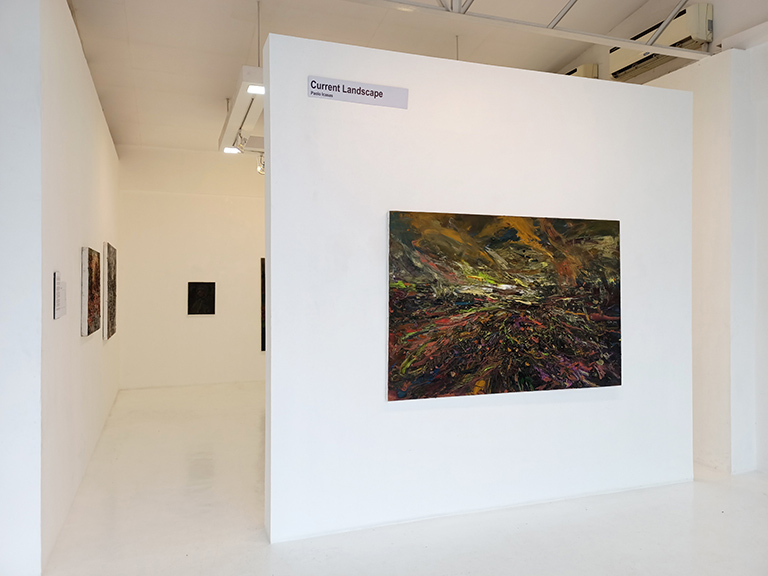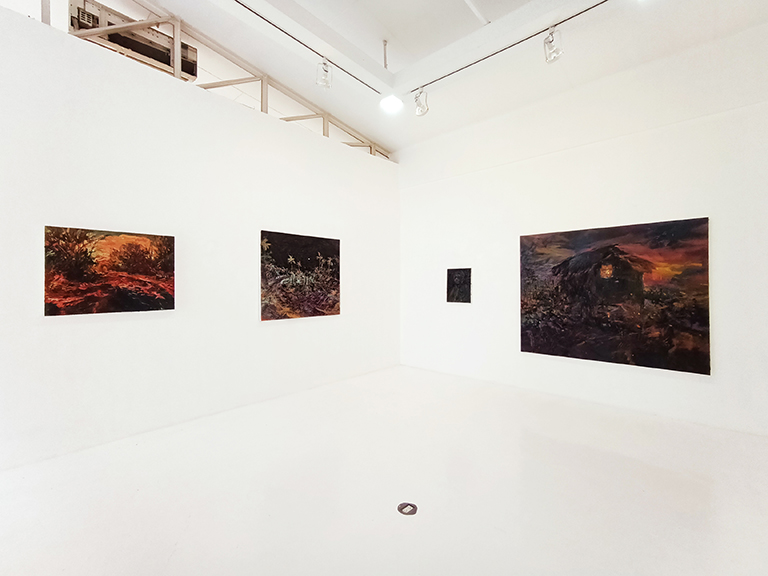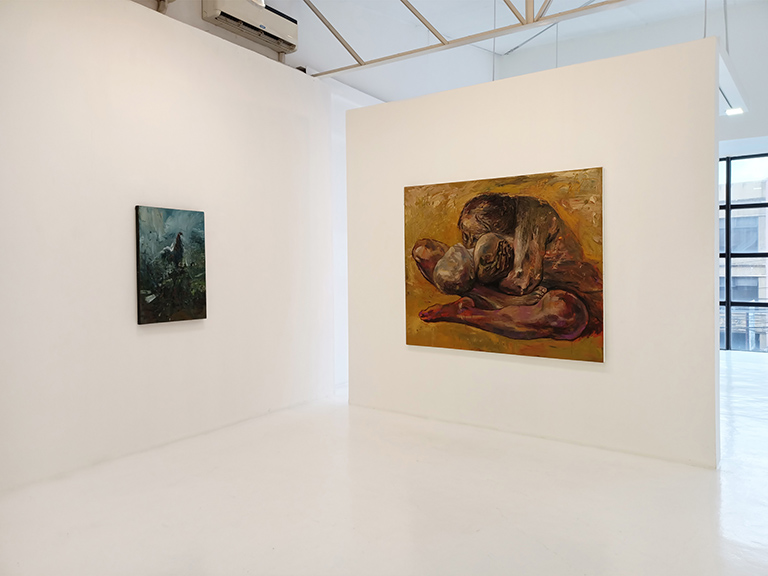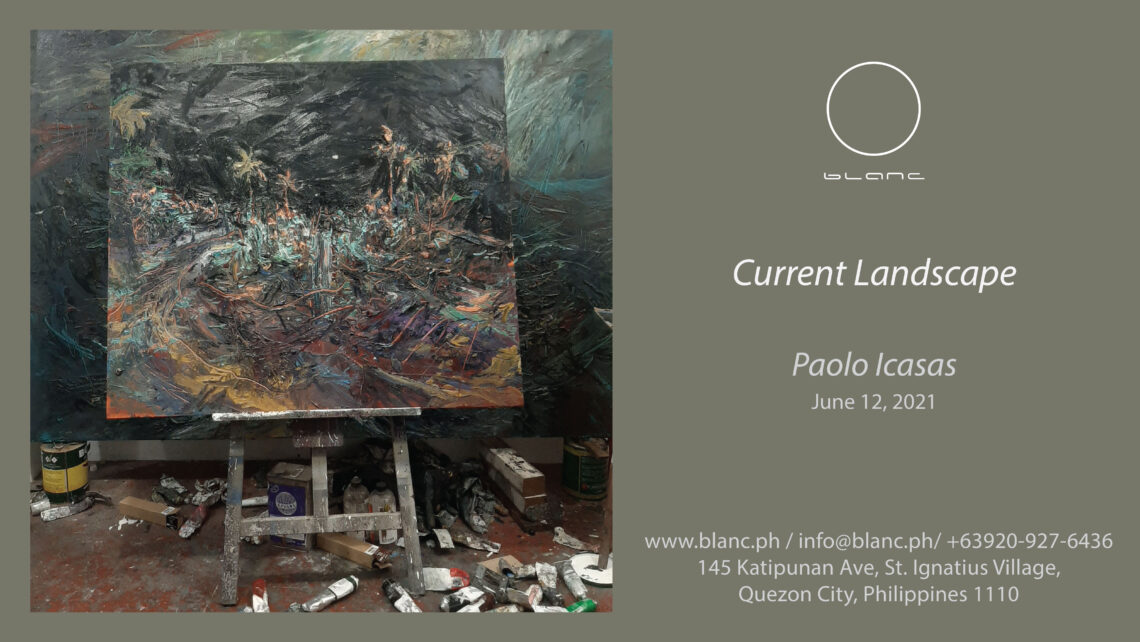
“When a tree falls in the forest, and no one is around to hear it, does it make a sound?”
One may have heard this thought experiment at least once, often used to argue that to be is to be perceived, that the existence of a being, an object is dependent on an observer’s perception. But the range of human perception is limited, and those that exist outside of human perception, they remain as possibilities, like a colloquial Schrodinger’s cat which is both dead and alive until one opens its box.
We live in boxes of our own, a certain bubble with a distinct perimeter. Everything outside are just blots of light and shadow leisurely moving against static. Our bubble is the center of the blur that is everything, and the center of the bubble is ourselves. Everything outside that does not affect us, we tend to not bother with at all – a tendency of self-preservation, and to a certain extent, of selfishness.
Current Landscape is Paolo Icasas going beyond the walls of his own bubble. There is a kind of silence, one akin to the quiet after a storm, after a period of mourning, after a fervent prayer, that clears one’s senses and makes one actively aware of everything that surrounds them. When one becomes aware, one starts to pay attention; when one starts to pay attention, things start to exist. The walls of one’s bubble begin to dissolve, blots outside begin to take distinct forms – people, occurrences, outcomes, that one begins to relate to, and eventually feels for.
Empathy is not limited to shared experiences. One does not need to have undergone a similar ordeal to feel or understand what other people are going through. One can feel just by seeing, and one can feel without understanding. Icasas works for Current Landscape illustrate emotions as landscapes, as eventualities, as periods in time. Woman With Dead Child, Icasas’ painting after Kathe Kollwitz’ etching of the same name, Frau mit totem Kind (1903), is Icasas’ illustration of the grief that have overcome him after having witnessed the grief of a mother who had recently lost her child. The grief he felt was a response to the grief he has seen. When one responds to someone’s pain one becomes conscious of what may have caused it, and one may be kind enough to involve themselves into easing such suffering.
In Kubo, Icasas makes tangible both the state and feelings of isolation we have all become too familiar with. A bahay kubo stands heavy, a dense entity in the middle of what appears to be a lush garden, a field; it is neither night nor day, a light seems to be pulsating in the middle of it all. Is somebody there? Will somebody come? If somebody does, are they welcome? Sometimes one becomes too used to the isolation that it becomes a comfortable place until it isn’t.
Icasas previous works used to emphasize hope despite being visually almost devoid of light. His works for Current Landscape, however, although noticeably brighter and richer in color, speak of death, difficulty, and discomfort. There is no hope. Not that the artist has given up, it’s just that hope belongs in the future, and there is no looking forward in Current Landscape, nor looking back.
What it is is acknowledgement of the present. It is seeing everything, and feeling for everything, and fearing for everything, because trees keep falling in the forest, and they are making a cacophony of sounds – grating, howling, screeching, wailing. They can be ignored no longer.
- Marionne Contreras
Works
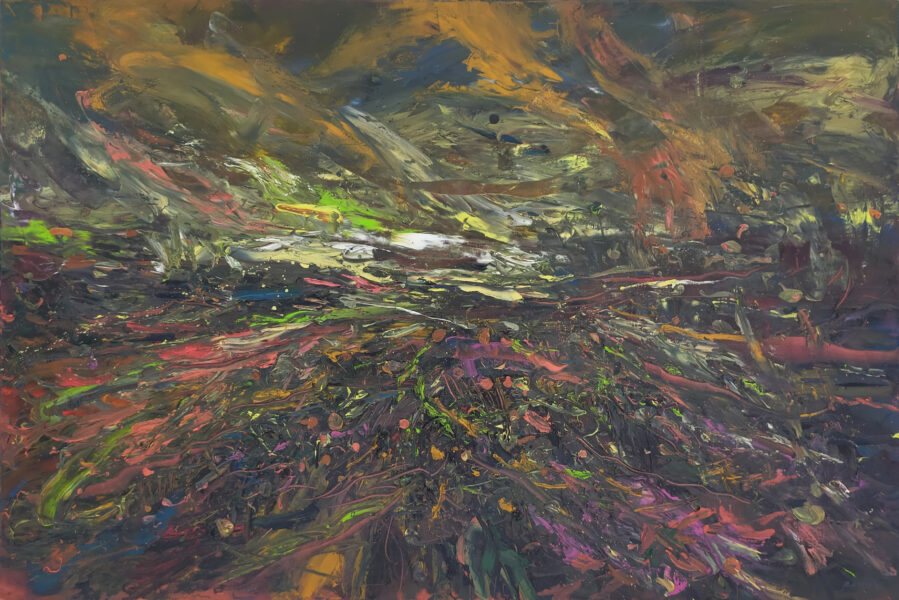
EARLY MONSOON
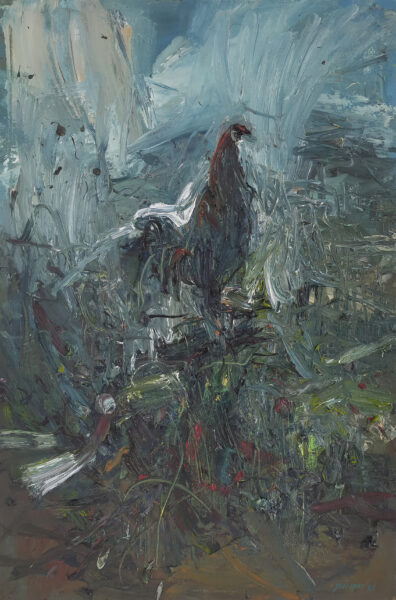
ISANG KAHIG
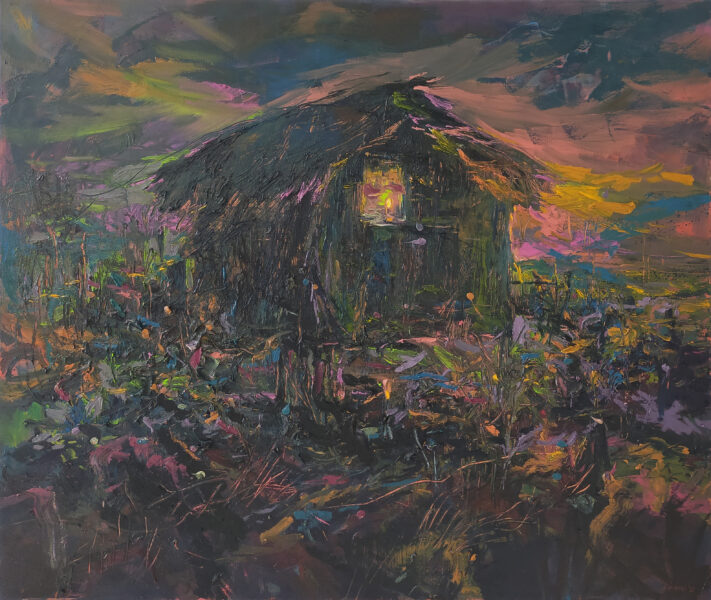
KUBO

PORTRAIT OF A BOY
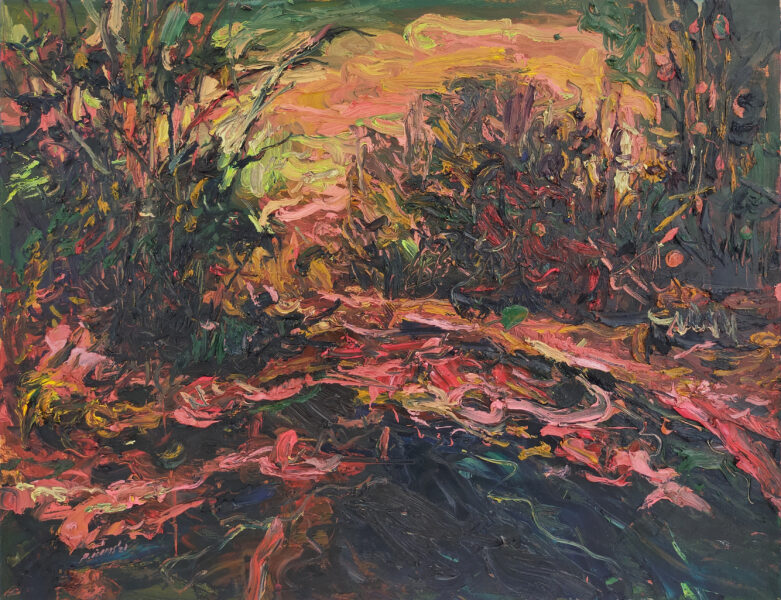
SIESTA
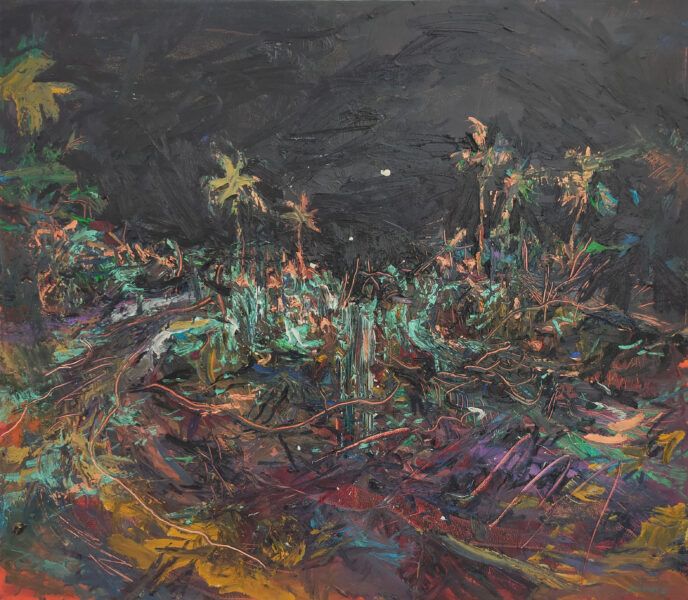
THIS LAND IS OURS
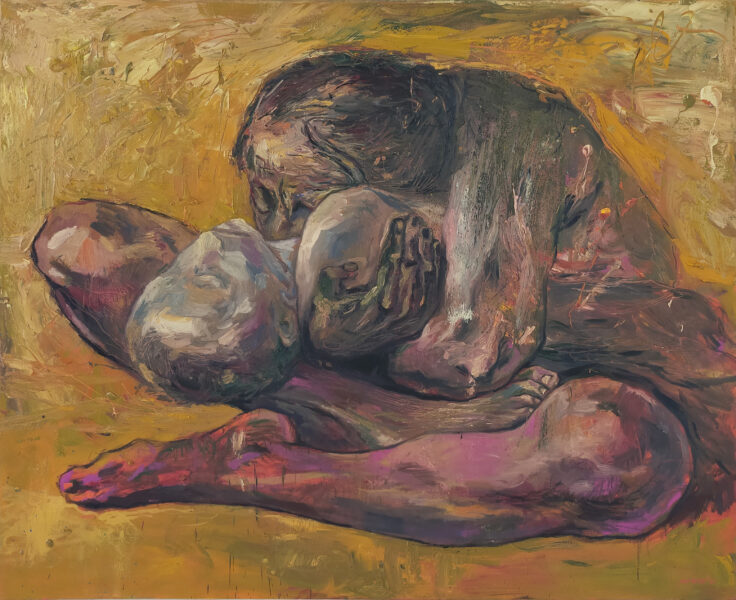
WOMAN WITH DEAD CHILD (AFTER KÄTHE KOLLWITZ)
Documentation
